Why Leaf Shutter Lenses Matter
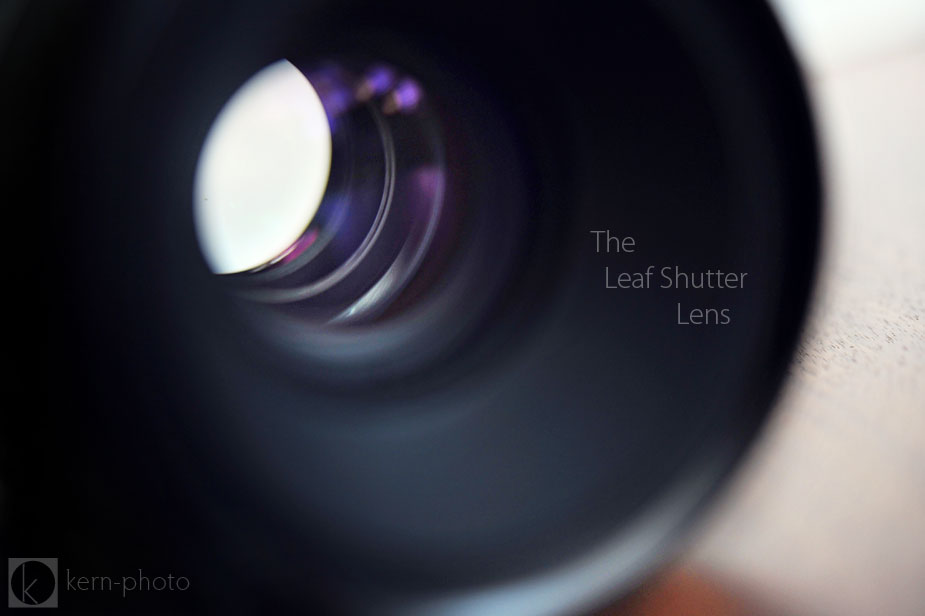
Have you wondered how something as simple as a lens design might shape your approach to off-camera lighting? And what if that same lens could shape how light is recorded within a camera? Add to that this bonus: this same lens might take what you already have and make it four times more effective?
We are approaching an era where camera sensors and mega-pixels no longer matter and the darling of the off-camera lighting world isn’t what you might guess.
The Tool That Will Shape Photography in 2013
(Re)Introducing: the Leaf Shutter Lens. It’s more about technique than power. If you are new, here’s a video to get you started:
https://vimeo.com/57023546
Leaf shutter lenses have been around since the dark ages of photography, call it 50 years. Yet many photographers never heard of them. They are changing the scope of photography and that directly impacts workflow, style, and—let’s call it what it is—camera porn.
I am digging leaf shutter lenses these days, turning mostly to the Schneider Kreuznach 55mm f/2.8 in my wedding and portrait work.
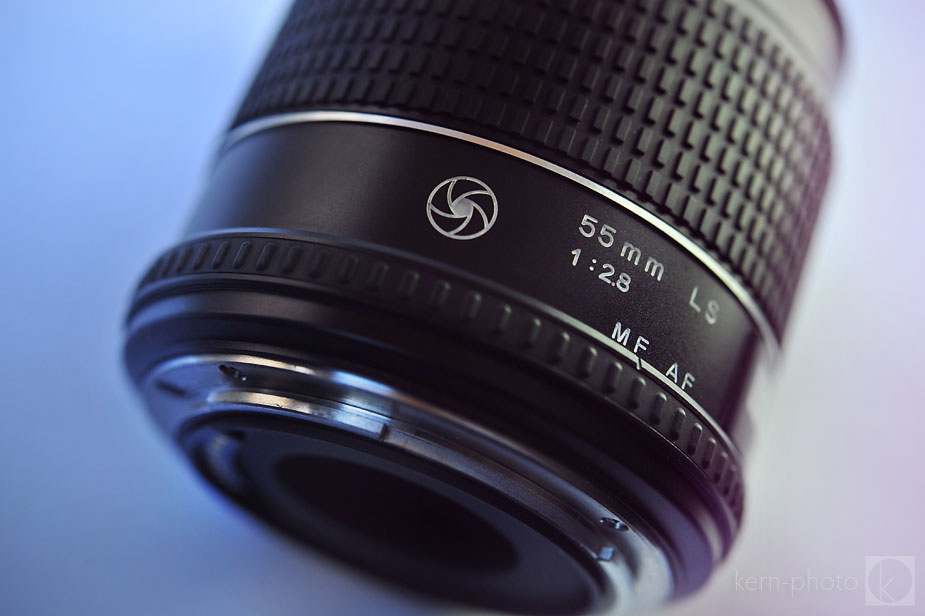
As differences in working with a digital medium format are becoming more pronounced, a topic not getting much attention revolves around leaf shutter lenses. After all, there isn’t a ton of non-biased research promoting leaf shutter lenses, other than photography companies and the shops that sell them. And there’s zero financial benefit to me promoting any product or service on this blog. Camera companies give me nothing, and I don’t get paid for any advertising. This is just my own heart typing away!
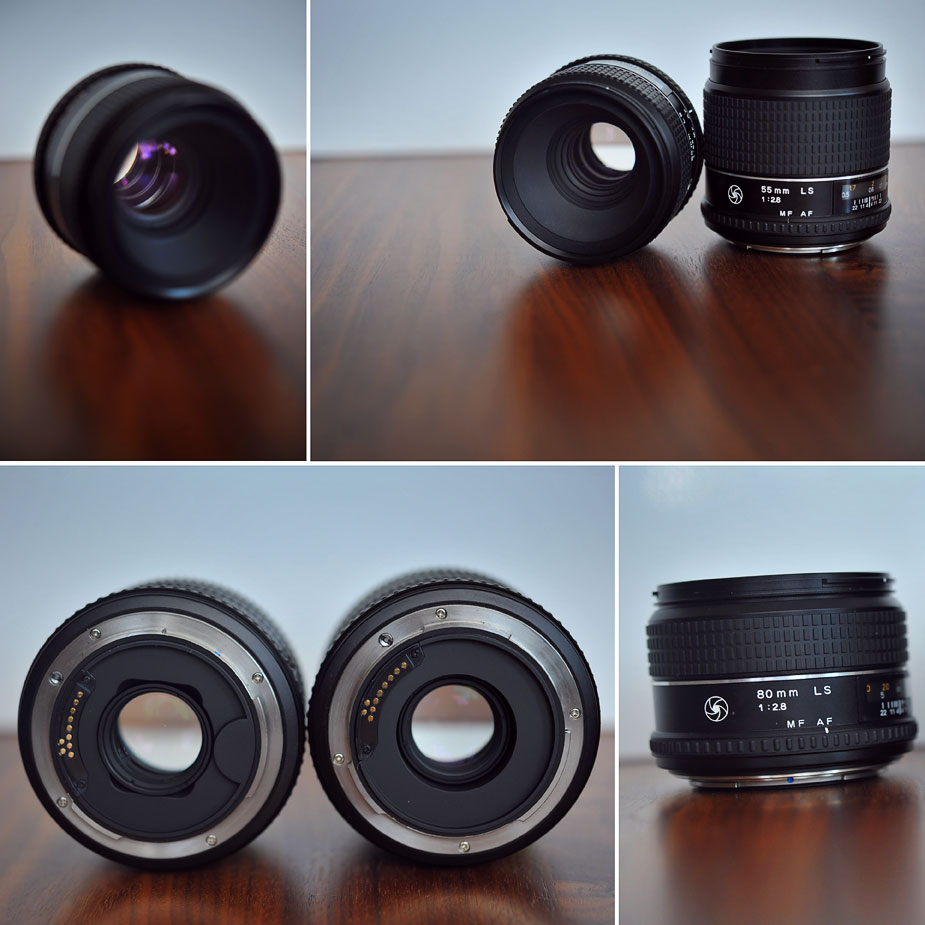
What makes a leaf shutter so special?
I favor the design simplicity of the leaf shutter lens. It’s not necessarily what it is, but what it can do. Yet the full explanation requires a bit of homework. Read on.
What is a leaf shutter?
The opening and closing of the leaf shutter lens offers a unique glimpse into its performance. With a light shining through the camera viewfinder, here is leaf shutter lens in motion:
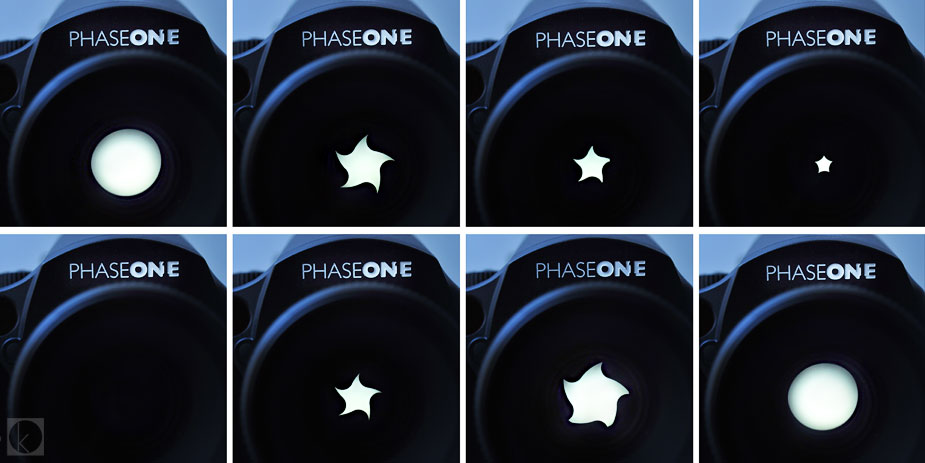
(Note that the dark lens means the shutter is wide open and that you are peering directly into the sensor)
Essentially, the lens serves the same optic function as a DSLR lens. However, the difference resides in the lens design and the fact that the shutter is built into the lens, which gives it the ability to work with the focal plane shutter inside the camera.
How does a leaf shutter work?
A series of metal blades, called leaves, open and close in order to expose a photo instead of the focal plane. Single leaf shutters are found in disposable cameras, but multi-bladed shutters have more parts and are more difficult to manufacturer since they have so many moving components inside the lens.
Do leaf shutter lenses let light in differently than a 55mm DSLR camera lens?
Nope. The optic function remain the same. Sure, the bokeh varies slightly in terms how the out of focus highlights are rendered. It’s not better than a Canon 50mm f/1.2 or a Zeiss 80mm F/2, just different and less-distracting for my taste.
While focal plane shutters boast faster shutter speeds of up to 1/8000 sec, they can’t synchronize with a flash at that speed within normal parameters. Leaf shutter lenses can function at higher flash sync speeds up to 1/1600th second since they are built different. This has everything to do with lens construction. Those folks in Denmark can tell you all about.
Why does it matter?
In the world of flash photography, quality of light is far more important than quantity of light.
I would much rather have a well-exposure subject in light I’ve controlled than a well-exposed subject in ‘ugly light.’
This is where the important technical details of big lights come into play: recycle time, power capacity, flash duration, size, weight, flexibility, and cost.
Most simply, because the leaf shutter makes it easy to lower the ambient light, you don’t have to use large strobes to overpower the sun. You can use a quick shutter instead. It’s the perfect ninja solution: you rely on less strobe power with the same effort to obtain the same exposure. You’ll have more strobe pops per charge and fire them quicker because they are lower power and quicker to recharge.
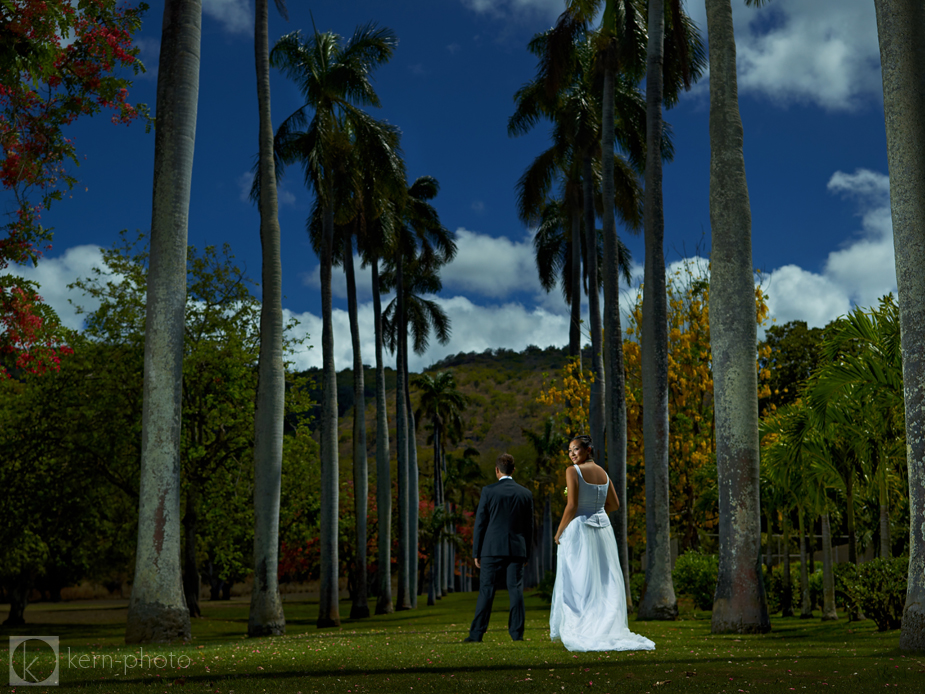
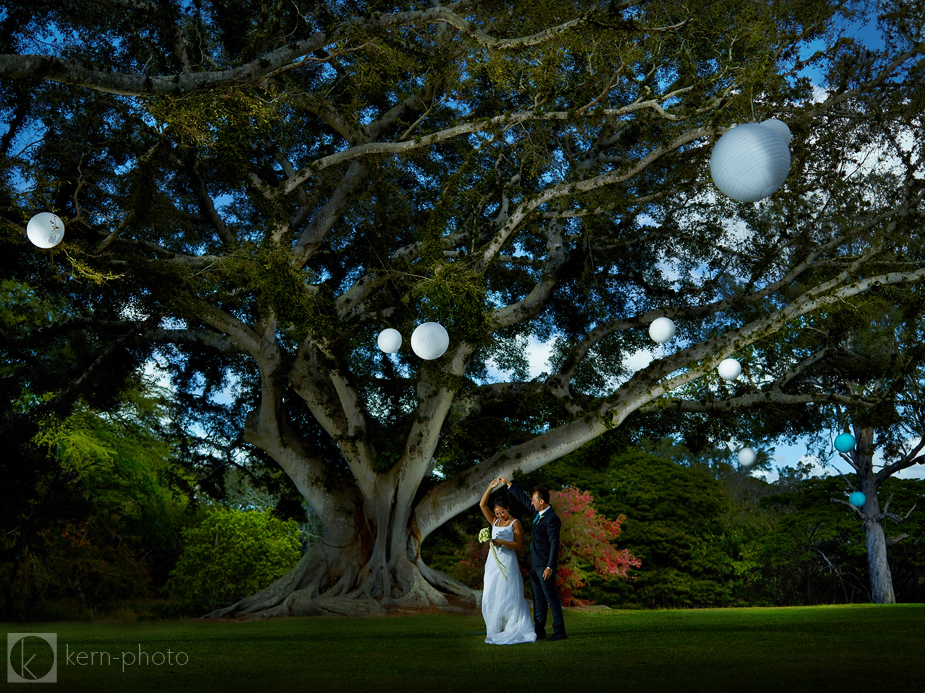
Who would benefit from using a leaf shutter lens?
If your photography style relies on off-camera lighting with shallow depth of field, you don’t know what you are missing. A leaf shutter lens is a powerful creative tool that allows you more control over light.
If you shoot editorial, fashion, or commercial jobs, your photography clients probably are familiar with medium format. They will really appreciate your investment when it comes with the image quality of the medium format lenses. You might already rent this stuff for the big jobs. If you rock high-end headshots like Peter Hurley or produce epic fashion like Drew Gardner, you’ve been using this stuff for years. And if you are a wedding photographer looking for something different, consider medium format.
What does it do to a flash?
Nothing. Your flash/strobe will still work the same.
What can it do when used in conjunction with strobe?
This is a better question. It’s not necessarily what it is, but what it can do for you that matters.
Leaf shutter lenses will change your ability to compete with ambient light. It’s all about the light ratios in relationship to the ambient.
If I have a camera, say a Canon 5D with 1/200 flash sync, and am using it at full power I might get f/16 for a proper exposure. However, if I want to over-power the ambient by one stop of light for a moody, dramatic look, you are pushing f/22. You’ll need to either be really close to your subject, or have really powerful power packs. You’ll face lens diffraction and a measurable softness in image quality. Also, expect to see every spec of dirt on your sensor as well, which means even more time in post-processing.
If you can sync at 1/1600, for example, then you might only need to shoot at f/4 and over-power direct sun by three stops when your flash is 12 feet from your subject. That’s huge.
Huh? Please explain more.
When I meter for flash in the sun, I usually start at the max sync speed my camera permits, then adjust the power on my flash to get the aperture I want and depth of field I need to make my subject look the way I want. (With groups of people, for example, I need a greater depth of field—like f/8—to get everyone in focus). If I am limited on flash power, then I must open my aperture to let more light in. If I want to underexpose the ambient, then I need to close my aperture and power up the flash.
1/200th at f/16 is the same as 1/400th at f/11. Because your aperture controls the flash, you can balance the same light with 50% flash power. That adds up quickly because the steps become more significant power jumps as you require more flash power.
An f-stop scale is an geometric sequence of powers to the square root of two like this:
f/1.4, f/2, f/2.8, f/4, f/5.6, f/8, f/11, f/16, f/22
Adjusting from f/2 to f/2.8 is opening up one stop of light. Adjusting f/11 to f/4, you drop three full stops (count back in the above sequence)
Let’s say our background exposure is 1/200th @ f/16 @ 100 ISO. It should be obvious that the following are the same exposure (at base ISO):
- 1/200th @ f/16 @ 100 ISO (Full Power Strobe)
- 1/400th @ f/11 @ 100 ISO (1/2 Power Strobe)
- 1/800th @ f/8 @ 100 ISO (1/4 Power Strobe)
- 1/1600th @ f/5.6 @ 100 ISO (1/8 Power Strobe)
This is a whopping three stops less of flash power to get the same exposure, but with a much shallower depth of field and lower flash power.
Can’t I just use neutral-density (ND) filters like Joey L and sync at 1/125 sec?
Sure. But don’t expect the camera’s autofocus to track and lock on to moving objects like pets or kids. It’s trying to hit a slow-pitch softball at night wearing sunglasses. You’ll miss more than you’d care to admit.
You’ll need a good dose of practice to nail focus when shooting through an ND-filter with larger apertures like f/2.8 or f/4 because of the shallower-depth of field.
And you’ll still have to bring the same amount of flash power since that light has to go through the ND filter. ND filters can slow down the process of focusing and offer one more thing to pack, setup, and worry about scratching or losing. I’m all about simplicity.
As for being limited to shoot at 1/125 of a second with moving subjects in a studio, possibly with strobes at fast flash duration. However, if you are outside with the sun, you’ll have much more ambient light to contend with. Capturing a sharp action photo of a model’s blowing hair, a twirling wedding dress, or water droplets will be more difficult to obtain outside of a studio environment due to the ambient light. You risk losing sharpness, thereby mitigating the whole point of shooting with a high-resolution camera.
If you choose to add an ND filter on the example above, expect:
- 1/200th @ f/16 @ 100 ISO (Full Power Strobe)
- 1/400th @ f/11 @ 100 ISO (Full Power Strobe)
- 1/800th @ f/8 @ 100 ISO (Full Power Strobe)
- 1/1600th @ f/5.6 @ 100 ISO (Full Power Strobe)
Don’t let the numbers scare you. Just experiment and play.
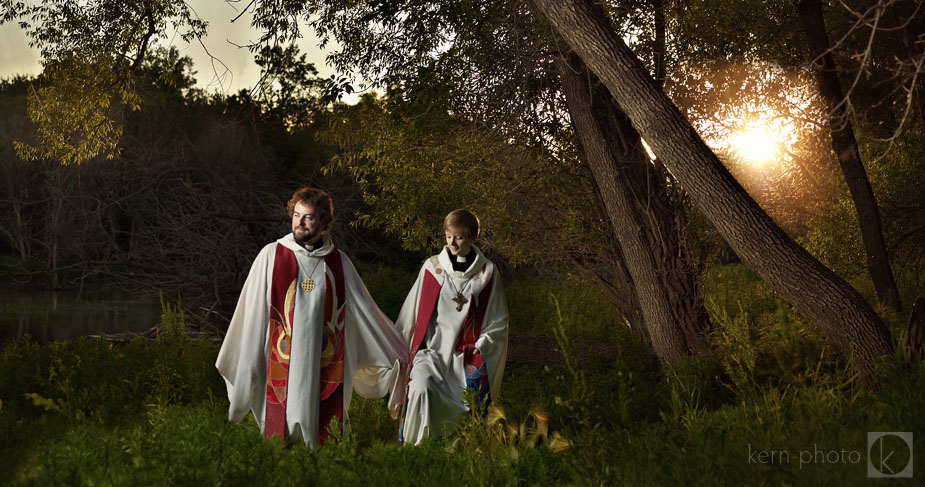
How do other cameras pair up with max flash-sync speed?
Nikon D70 (1/500), Nikon D700 (1/250), Nikon D4 (1/250), Nikon D600 (1/200)
Canon 5D (1/200), Canon 5D Mark III (1/200), Canon 6D (1/180)
Older-medium format cameras like Mamiya AFD & Contax 645 (1/125)
Hasselblad 500 C/M (1/500), Hasselblad H4D-40 (1/800), PhaseOne IQ series backs w/645DF (1/1600)
What cameras are compatible with leaf shutter lenses?
Medium format cameras. Hasselblad (H4D-40), PhaseOne (645DF), and Fuji (x100) make leaf-shutter compatible cameras.
How much are they?
Here comes the bad news. And the very bad news. While they boast design style and build quality, it comes at price. Leaf shutter lenses are boutique items. And also have lots of moving parts, like a Breitling watch. Good luck finding one under new $1,800. The new Schneider Kreuznach 28mm LS will run about $6,000 for a fixed-focal lens. Yikes!
Why are they so expensive?
These lenses are specialized. Modern leaf shutter lenses are hand-made by small, employee-owned companies, not mass produced on assembly lines. Not everyone on the block shoots with them. And the price is a direct reflection of quality. You get what you pay for. When it comes to using them with high resolution medium format cameras of the highest quality, you want to pair them with an equally as lens that is sharp lens with amazing clarity to boot. You would’t put cheap tires on an Indy car.
Can I see a difference?
LS lenses are designed to be sharp. They’re made for high performance. You can pull out amazing detail with these high-accuracy lenses and make tight crops appear like full-frame images. The biggest difference I will say about the leaf shutter lenses, specifically the Schneider-Kreuznach that I’ve used, is that you can shoot wide-open apertures, like f/2.8, and not worry about chromatic aberration or corner softness. And if you plan on using Schneider glass on a camera with an anti-aliasing (AA) filter, expect it to be like listening to music on high-end speakers with a cassette tape.
The final word
Be open to trying something new and different. You might surprise yourself. Make your own determination and see for yourself. Just try before you buy. Most big-box camera stores won’t carry leaf shutter lenses, which is the tough part. Many rental houses won’t either. My suggestion? Check out Capture Integration which may credit a rental towards a purchase price, an added benefit. Just tell them I sent you (I don’t get any kickbacks for saying that either).
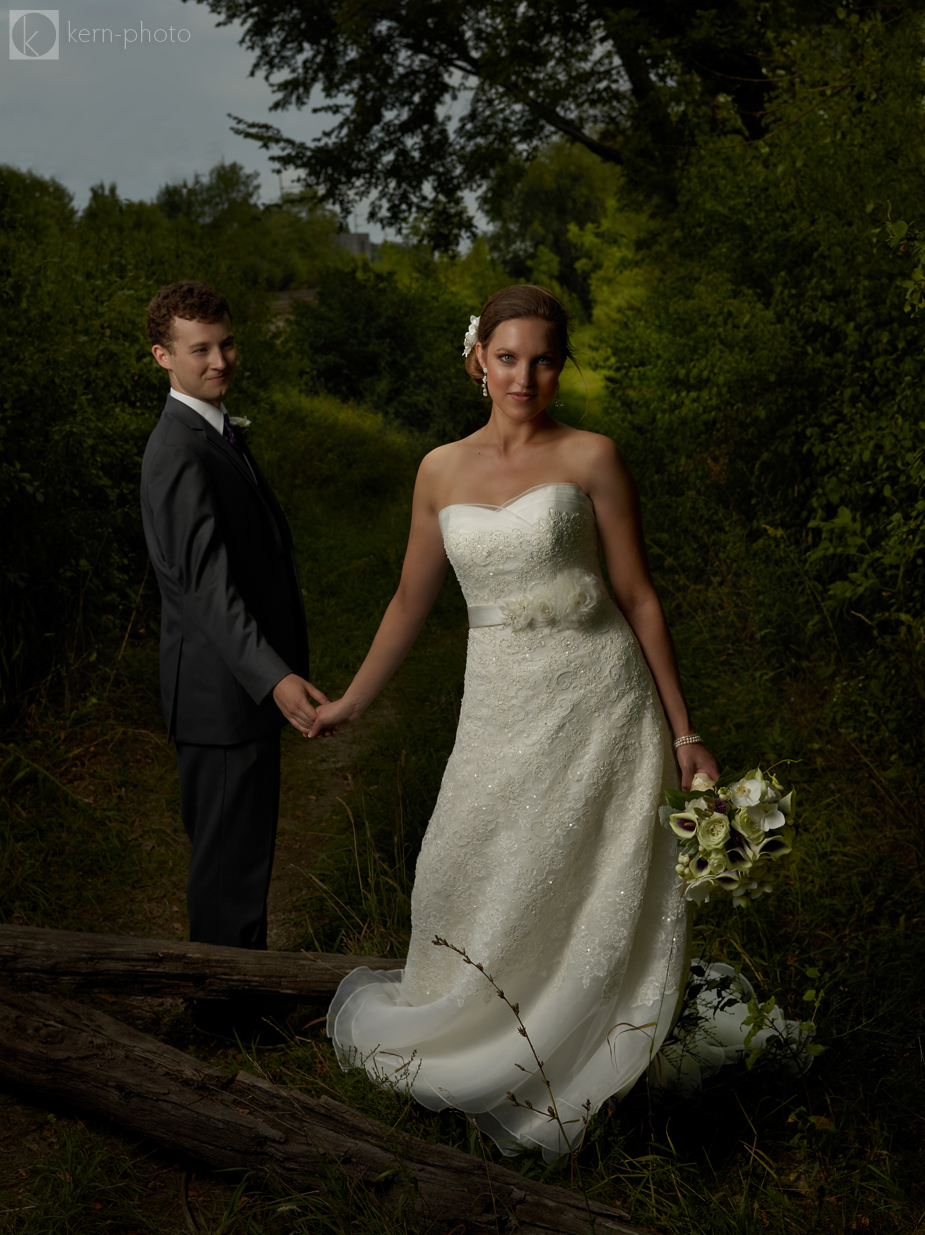
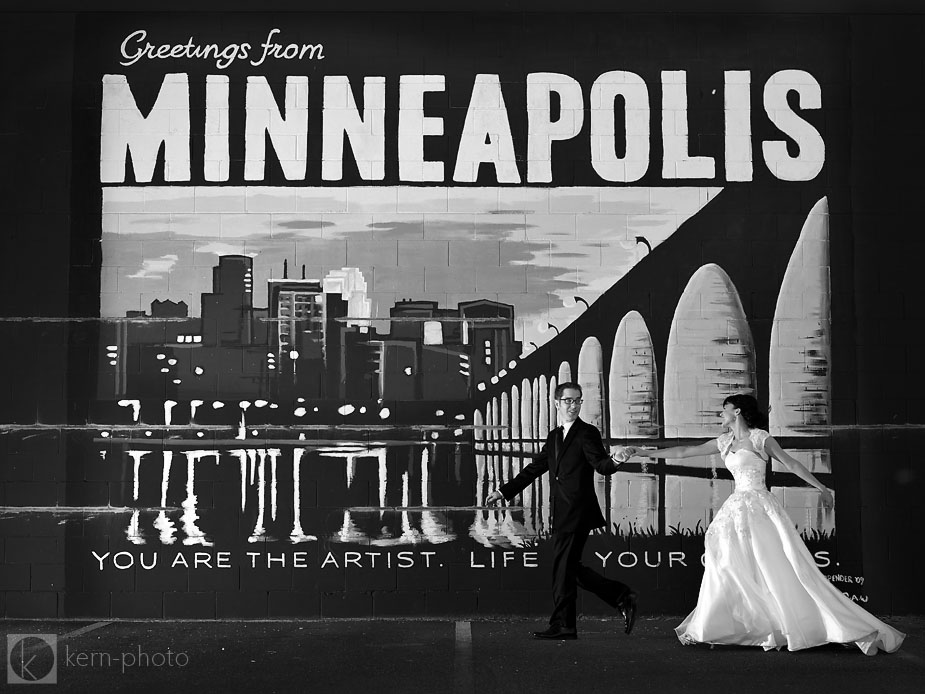
Willy seems to like LS lenses, too:
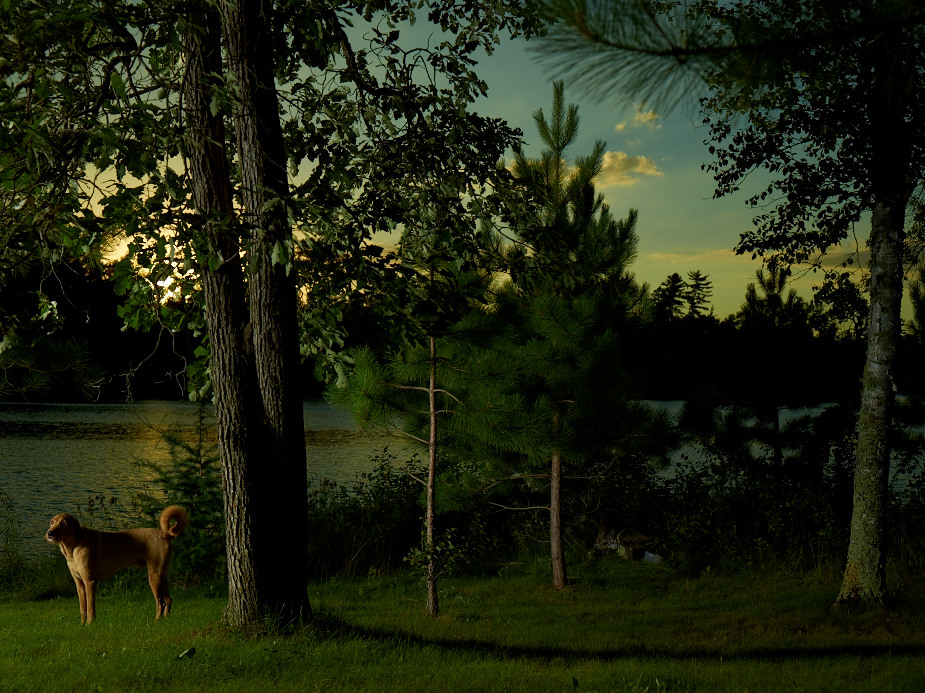
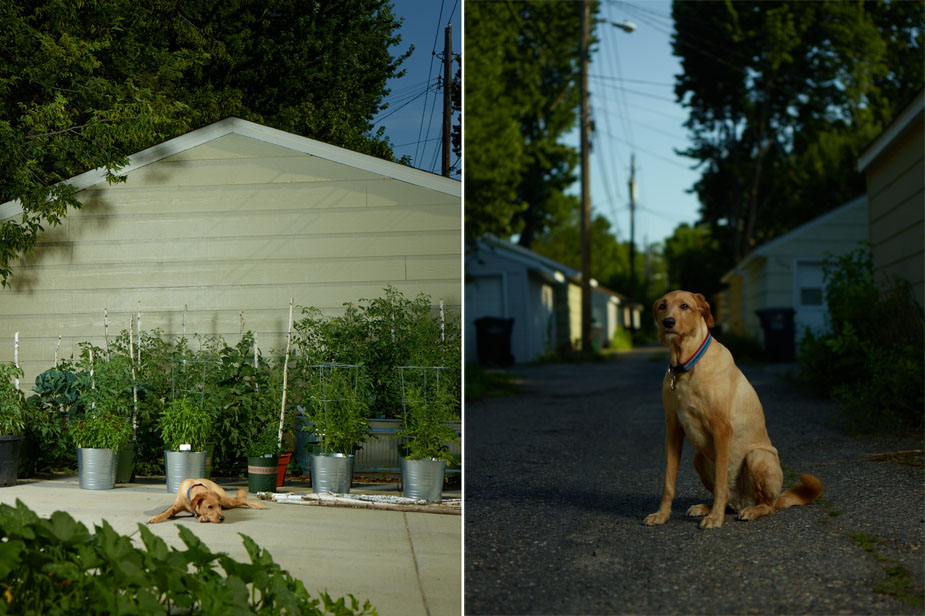
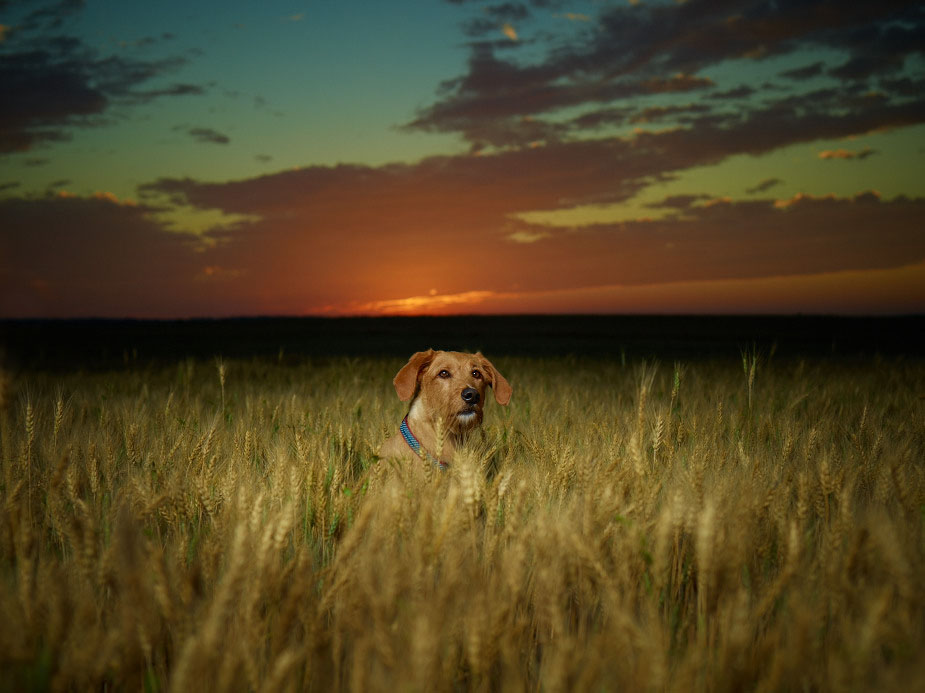
__________
Three more nerdy photo-related blog posts you’ll dig :
- Nikon D4 vs Medium Format
- The Profoto D1 Air & PhaseOne V-Grip Air Review
- The Hit List : 33 Photo Tips and Tutorials from 2012






Pingback: Shooting digital medium format in wedding photography | Kern-Photo
Pingback: Business advantages of Medium Format vs DSLR » Kern-Photo - Kern-Photo
Pingback: The Impossible Dream » Kern-Photo - Kern-Photo
Pingback: Review: Fujifilm X100s – Volume of Interactions
Pingback: Skol, Norway! {Personal Travels} 3/3 » Kern-Photo - Kern-Photo
Pingback: The Hit List: 12 Top Posts from 2013 » Kern-Photo - Kern-Photo
Pingback: Neutral density Filters - Page 3
Pingback: Anonymous
Pingback: Why Leaf Shutter Lenses Matter - DIY Photography
Pingback: The Science of Shutters: How Camera Shutters Work
Pingback: Phase One adds high-end medium-format zoom lenses with speedy flash sync
Pingback: Phase One adds high-end medium-format zoom lenses with speedy flash sync | Ac Stories
Pingback: WHAT YOU DON’T KNOW ABOUT SHUTTER SPEED | Light Art Academy
Pingback: et mellemformat kamera er den hellig gral i fotografi - .://Wessmann
Pingback: Pro-Photog. Super-Weapon: REAL HIGH-SPEED SYNC vs. conventional High-Speed Sync | CPU 4D
Pingback: Iconasys – Product Photography Blog | Mirrorless vs. DSLR Cameras for Still & 360 Product PhotographyMirrorless vs. DSLR Cameras for Still & 360 Product Photography
Pingback: Mirrorless vs. DSLR Cameras for Still & 360 Product Photography